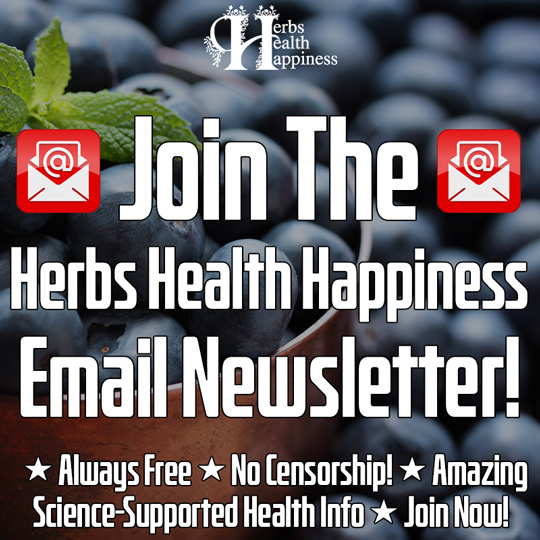The Amazing Benefits Of Astaxhanthin
Images – pixabay (PD), Frank Fox – https://mikro-foto.de (lic under CC 3.0), herbs-info.com © Astaxanthin (pronounced “asta-ZAN-thin”) is a deep red-orange marine carotenoid pigment that occurs naturally in salmon, Pacific and Antarctic krill, rainbow trout, lobster, yeast, microalgae, Arctic shrimp …


